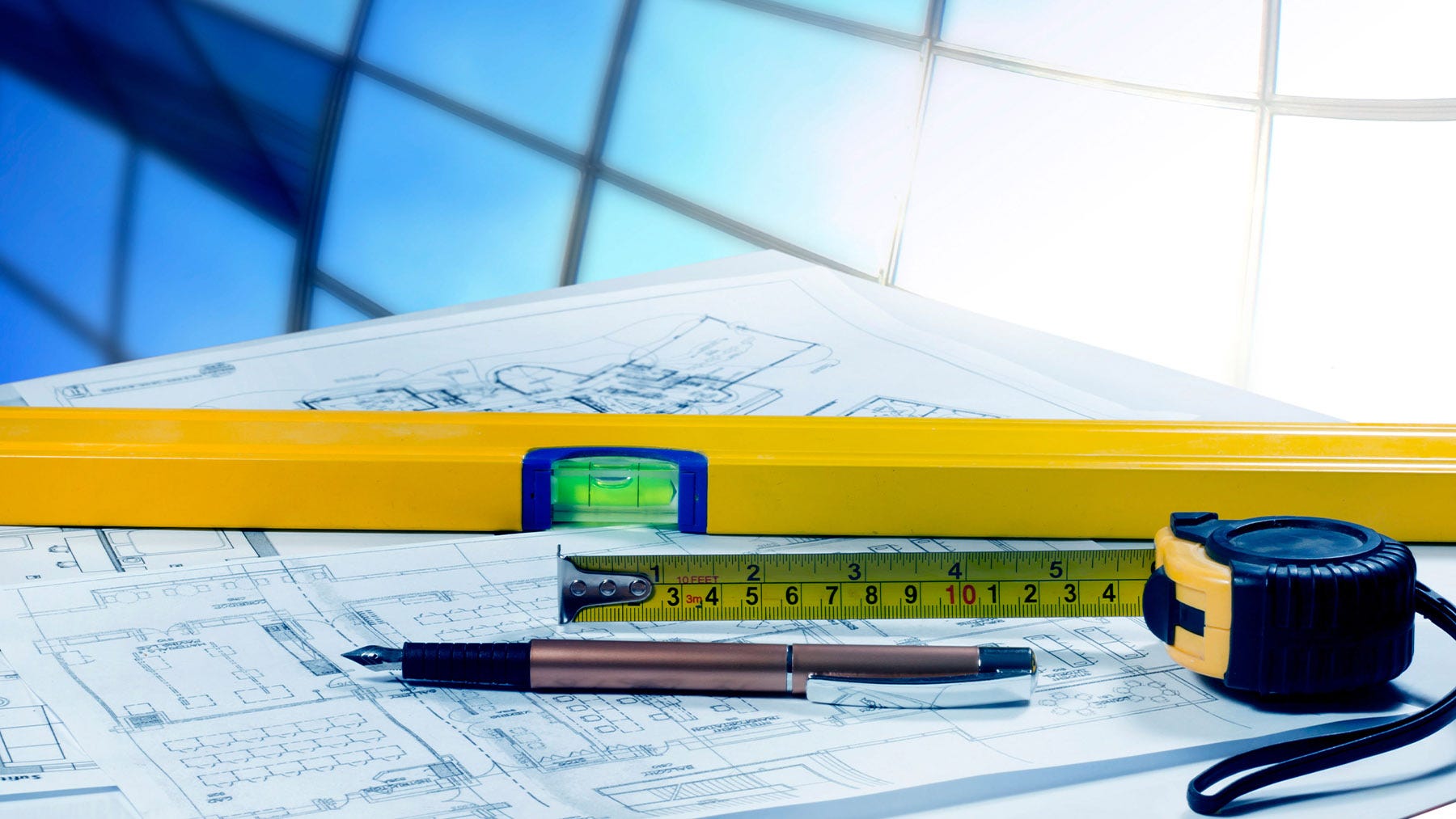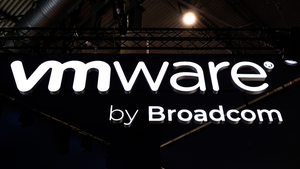Data Center Architecture: From Blank Box to Blockbuster DesignData Center Architecture: From Blank Box to Blockbuster Design
As data centers move into more visible locations, architects are rethinking designs to balance function, aesthetics, and community integration.

Architects and developers are devoting more attention to the external appearance of data centers as the building typology gains more attention and construction accelerates.
A 2023 report from architecture firm Gensler predicted that global spending on data center construction would reach nearly $50 billion by the end of the decade.
As municipalities seek to attract and support new data center developments, they’re also taking a more active approach to the aesthetic impact these buildings have – particularly in areas with high visibility or residential proximity, such as Santa Clara, California, or Ashburn, Virginia.
The stakeholders involve multiple stakeholders, including investors, data center operators, engineering and supply chain firms, and utilities.
Engagement with governmental and regulatory bodies is growing as questions arise about the judicious use of resources, including power, water and land, and methods to integrate digital infrastructure into the energy resources of communities.
Cameron Lassiter, director of architectural design for Aligned Data Centers, explained that data centers historically operated as low-visibility chunks of infrastructure.
“The rise of AI and cloud computing has brought data centers into the public spotlight,” he said. “Data centers are becoming dinner table conversation, expanding the public’s recognition of their critical role in our digital world.”
Modular, versatile designs enable data center architects to build faster, shortening deployment times and increasing flexibility.
“This allows for easier expansion and adaptation to changing business and technology needs,” Lassiter told Data Center Knowledge.
The architect explained that the industry is embracing greater design efficiencies without compromising on quality or customer requirements – from small, power-dense data halls to large-scale campuses.
“In addition to reducing our carbon footprint, we’re optimizing building components and carefully considering the scale of the design decisions we’re making,” Lassiter said.

As the industry expands, there’s increased appetite for more expressive and progressive data center design. Image: Alamy
Attracting Tenants Through Innovative Data Center Designs
Tom McGoldrick, managing director and principal of Gensler New York, an architectural design firm, highlighted growing opportunities for innovative data center design in the U.S., especially as developers strive to attract tenants in an increasingly competitive marketplace.
“Overseas, the appetite for more expressive and progressive design in data centers has been there for some time, particularly in Asia, the Middle East, and Europe,” he explained.
However, in the U.S., a more pronounced shift in design is emerging as data centers move closer to suburban areas.
“We’re seeing more pushback from local communities and homeowners’ associations, which is prompting developers to consider aesthetics more seriously,” he explained.
McGoldrick pointed out that this shift is significant in the U.S., given its global prominence in the industry.
“With half the world’s data centers located here, the potential for architecture to shape the future of the industry is enormous,” he said.
IMAGE
Kristen Vosmaer, managing director of data center work dynamics at JLL, explained that initial conversations about data center design often take place during the due diligence stage of development.
This is when stakeholders assess not just site logistics, such as power and fiber access, but also regulatory requirements and community impact.
“In urban areas, developers must ensure their designs are seen as adding value to the neighborhood, not detracting from it,” Vosmaer said.
Architectural considerations now include noise reduction, sustainable materials, and innovative features like solar panels integrated into building façades.
A prime example of this trend can be seen in London’s Canary Wharf (see main image, above). The Telehouse TN2 data center, designed by StudioNWA for the Telehouse Corporation, features cladding that mimics a microchip, adding a design accent to the area.
Vosmaer noted that these designs help companies attract attention while aligning with community expectations.
“Employees can take pride in saying, ‘I work in the microchip building,’ and it creates a compelling narrative for the organization,” he said.
Tom Kruger, vice president and project manager at architecture and design firm Corgan, said that when communities see stark concrete boxes, they often resist, prompting zoning changes to improve esthetics and functionality.
He explained that many jurisdictions are eager to attract data center investments as retail spaces decline, leading to a willingness to incorporate architectural upgrades.
“However, in remote areas, where visibility is low, these concerns diminish,” he said.
For colocation data centers backed by major developers and tech companies, architecture often serves as a marketing tool.
Developers aiming to lease facilities to tech companies recognize the value of creating appealing spaces.
“If these buildings offer the aesthetics and amenities of a creative office space, they become more attractive to potential tenants who need to recruit talent,” Kruger said.

The CoreSite CH2 data center features a polished design that fits into the fabric of downtown Chicago. Image: Corgan
Moderate Upfront Design Investment
Despite these enhancements, architecture typically accounts for a small fraction of overall costs.
This creates opportunities for design innovation without significantly impacting budgets: Integrating solar panels as functional yet visually engaging façade elements are one such practical approach.
Similarly, green walls and high-quality glass components balance efficiency and environmental considerations.
McGoldrick pointed to Gensler’s work with Microsoft in Virginia on two data centers built using a hybrid construction model of cross-laminated timber (CLT) and steel and concrete components.
The exterior is clad in a barcode-like application of bronze-colored steel panels.
“We think we can branch out with more of our developer partners, doing facilities for them that are really attractive and really sustainable,” he said.
Urban Settings, New Typologies
In urban settings, edge data centers present unique challenges and opportunities.
Kruger mentioned that dynamic features, such as LED lighting and media walls, are increasingly being explored for these facilities.
“We’ve suggested ideas like media walls with portions for advertisements and public art,” he said, though such concepts are yet to become widespread.
Security concerns remain a barrier to integrating data centers with mixed-use spaces such as offices or residential units.
However, Kruger noted that larger sites could allow for functional subdivisions, keeping secure data center operations separate from other uses.
“We’ve explored adding schools or art walls on shared sites, maintaining strict security separation,” he explained.
Architectural Experimentation for Next-Gen Data Centers
As technology evolves and public consciousness of data centers grows, the sector is poised for further architectural experimentation.
“Design is becoming a more prominent part of data center development,” Kruger said. “The field is changing rapidly.”
While Vosmaer believes the likelihood of a Frank Gehry or Renzo Piano-designed standalone data center remains slim, he sees potential for architectural innovation in mixed-use developments.
“We’re already seeing data centers integrated into vertical, mixed-use projects in cities like New York and London,” he said.
These projects combine residential, retail, and office spaces with data center capacity, offering architects opportunities to solve design challenges in innovative ways.
“The inclusion of data centers in mixed-use projects forces architects to innovate, ensuring these facilities not only function seamlessly but also integrate harmoniously into their environments,” Vosmaer said.
McGoldrick said he agrees that the future of data center architecture lies in greater community integration.
“As facilities move into more suburban and urban areas, the challenge is making them assets to the community,” he said.
Collaboration between architects, engineers, and developers will be key in designing data centers that integrate seamlessly into their environments while maintaining high performance.
“It’s about finding that balance with our developer and enterprise partners in how we can make these buildings an asset to the community,” McGoldrick said.
About the Author
You May Also Like
.webp?width=100&auto=webp&quality=80&disable=upscale)
.webp?width=400&auto=webp&quality=80&disable=upscale)







